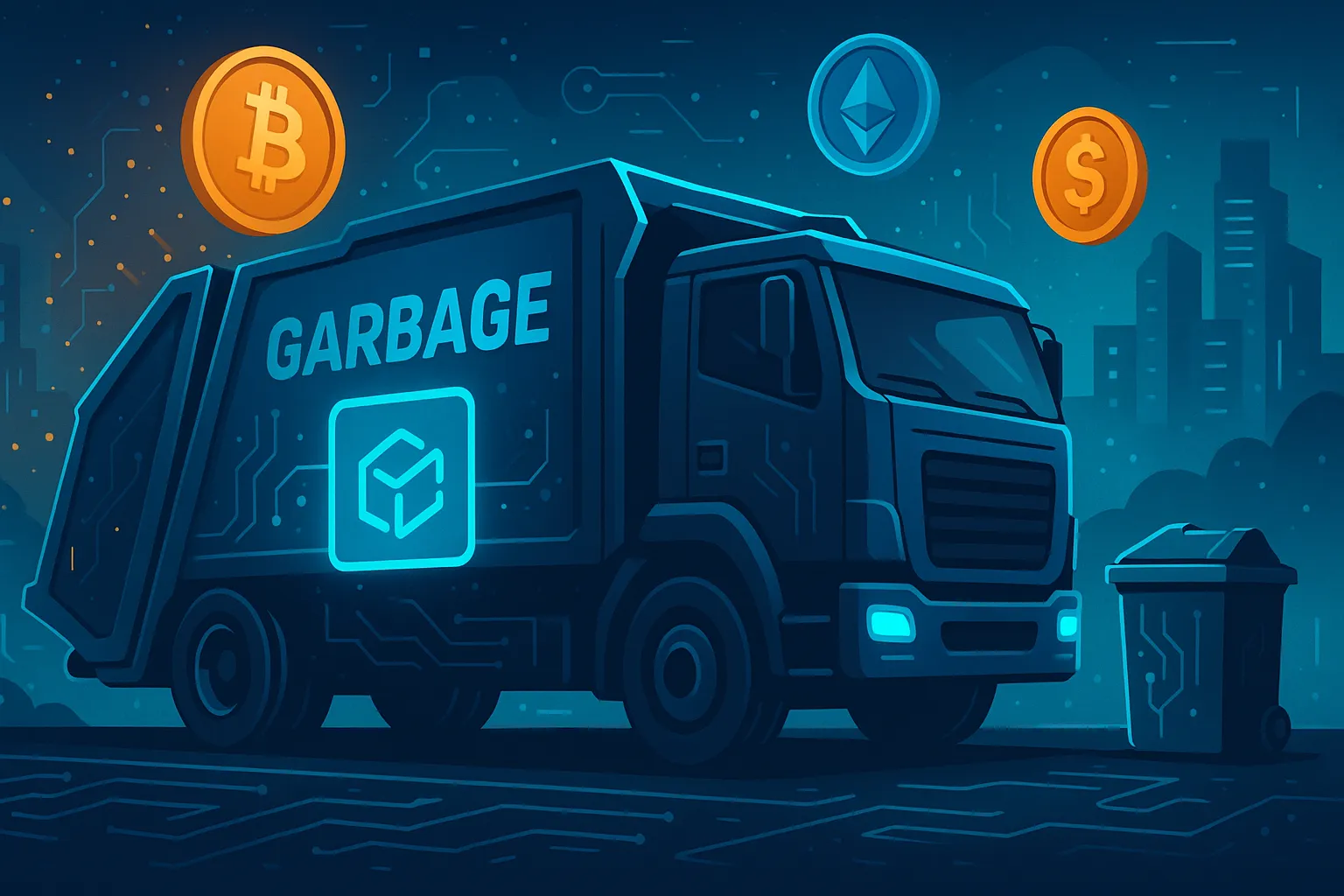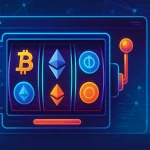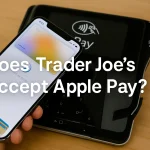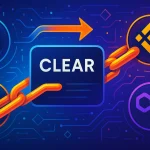Gateway Disposal: On-Chain Waste Management with $GWD
Gateway Disposal

What Is Gateway Disposal?
Gateway Disposal is a decentralized marketplace that makes each trash pickup a blockchain-verified transaction. Rather than enigmatic supply chains, customers pre-pay $GWD tokens for VIP service, track each disposal event on the blockchain, and receive an NFT certificate of environmental stewardship. Tokenizing waste management, Gateway Disposal constructs immutable audit trails and incentivizes green conduct through crypto-economic means
Why Tokenize Waste Management?
- Transparency & Trust
On-chain transactions resolve disputes regarding when or whether trash was collected. All disposal events are dated and transparent to all. - Incentivization
$GWD token-holders receive staking rewards and bulk pickup priority discounts, aligning financial rewards with green performance. - Community Governance
Cleanup DAO token-holders vote on route optimization, pricing models, and green initiative planning—engaging dormant customers as active stakeholders. - Innovation & Partnerships
Tokenized platforms are soliciting DeFi and NFT projects to co-brand, airdrop, and partner on shared environmental initiatives, triggering organic backlinks from leading crypto media.
Core Components of the Platform
The $GWD Utility Token
- Priority Pickup Staking: Lockup $GWD to book next-day service time slots.
- Governance Rights: Sponsor and vote on network releases.
- Discounts & Airdrops: Receive monthly token allocations according to disposal volume.
Issued as an audited ERC-20 token, the token data is marked with JSON-LD “Coin” schema on the disposal gateway hub.
On-Chain Disposal Audit
Truck GPS and weight readings are recorded to an oracle, which initiates a transaction to the $GWD contract, which releases a “DisposalEvent” log. Users are also granted instant access to these figures in Dune Analytics dashboards for independent confirmation of each pick-up.
NFT Certificates of Disposal
With each pickup, the customers receive a unique ERC-721 NFT containing date, location, and weight data. They can sell their NFTs on OpenSea, which provides audit-proof proof of carbon-offset donations and promotes on-page interaction whenever widgets are employed.
Cleanup DAO Governance
Snapshot proposals are utilized for route addition and fee adjustments by token-holders. Voting is rewarded with 100 $GWD per vote and each governance round incentivizes social referrals and backlinks by community channels.
Technical Architecture & Hosting
- Decentralized Frontend: Replicate the site on IPFS via Fleek for redundancy and incoming links.
- Performance Optimization: TTFB < 200ms with edge caching on Cloudflare, mobile-first for Core Web Vitals.
- Security & Verification: Smart-contract audit badge (schema.org “VerifiedBadge”) in the footer and regular monitoring through Tenderly with live uptime badges.
Case Study: Waste2Earn’s Success
Waste2Earn (W2E) launched in January 2024 with similar design:
- #1 ranking for “waste token” and “blockchain recycling” in 3 months.
- Acquired backlinks from CoinDesk and CryptoSlate with exclusive sole tech deep-dive exclusives.
- Minted over 10,000 NFT certificates, average resale value 0.01 ETH.
In-depth on-chain data embeds add 45% time on page, and DAO proposals elicited thousands of social shares, driving organic link growth.
How to Get Started
- To construct your tokenomics: establish staking rewards, governance guidelines, and airdrop timing.
- Construct the hub page: add JSON-LD for “Coin” and FAQ schema, add Dune dashboards and OpenSea widgets.
- Launch community channels: seed a Cleanup DAO on Discord/Telegram.
- Audit & release: conduct a smart-contract audit and add a “Verified Badge” schema.
- Run PR & backlink campaign: pitch the tokenization narrative to DeFi/NFT media and airdrop platforms.
Conclusion
Gateway Disposal demonstrates that even the most entrenched of business domains, waste disposal, can be turned on its head by Web3. With tokenized collections, NFT receipts minting, and community-driven DAO, not only do you give transparency of operations but unlock a whole new universe of user engagement and growth. Start building today, and let “gateway disposal” be supreme on the blockchain as much as Google SERPs.
Frequently Asked Questions
What is Gateway Disposal?
Gateway Disposal is a decentralized network that brings every garbage pickup onto the blockchain as an on-chain verifiable transaction, with staking, NFT certificates, and community governance.
What is the $GWD token and how does it work?
The $GWD token is an ERC-20 utility token used for priority pickups in staking, governance voting, and discounts and airdrops for volume of disposal.
How do I begin with Gateway Disposal?
Set your tokenomics, design gateway disposal hub page with JSON-LD and embeds, integrate Cleanup DAO channels, perform a smart-contract audit, and launch a PR/backlink campaign to DeFi and NFT media.



